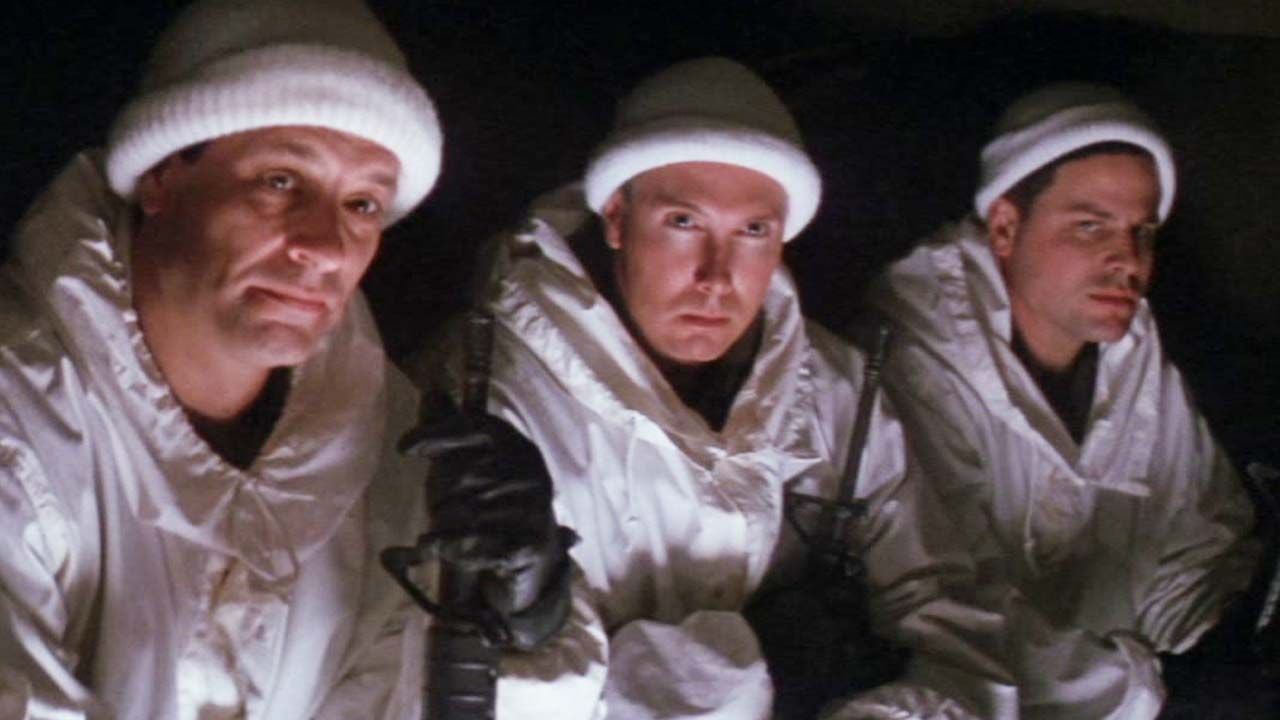The raven : anonymous letters and complaint
Published in 1943, The raven is set in a small provincial town, where Doctor Germain (Pierre Fresnay) is the target of numerous anonymous letters, accused of having performed clandestine abortions. Very soon he realizes that he is not the only one to receive similar letters. As paranoia spreads among the residents and tensions grow in Saint-Robin, the doctor decides to continue his investigations to discover the identity of the “crow”.

Ginette Leclerc, Héléna Manson, Pierre Larquey, Micheline Francey and Noël Roquevert complete the cast of Henri-Georges Clouzot’s film (The murderer lives at 21 Les Diaboliques). Screenwriter Louis Chavance draws inspiration for the feature filma case of anonymous letters that took place in Tulle for five years, starting in 1917. These letters mixing lies and proven facts, partly addressed to prefecture officials, reveal infidelity or even the birth of illegitimate children. According to the website of The Film LibraryAngèle Laval was found guilty in 1922 and sentenced for sending more than 1000 letters with the complicity of her mother and aunt.
A film banned at the Liberation
When he was released, The raven meets success. But at the Liberation, the feature film was banned in France, as it had been financed by a German production companyThe continental. Before filming, his boss Alfred Greven warned Henri-Georges Clouzot, as the latter reported before the Committee for the Purification of Cinema at the end of the Second World War:
This is an extremely dangerous film.
Informed of the production of the feature film, the Gestapo prohibits advertising material in circulation Crowwhich denounces denunciations and anonymous letters, practices useful to the political police of the Third Reich. However, the distribution of the film still takes place in France.
Then, in March 1944, in the first issue of The French screenreview published by the Committee of Liberation of French Cinema, one article criticizes Henri-Georges Clouzot and Louis Chavance for having “proved that the inhabitants of our small towns are nothing but degenerates, ripe for slavery”. In September 1944, Henri-Georges Clouzot is suspended from the Committeealong with six other directors who worked for Continental. For his part, Christian-Jaque (Fanfan the tulip) is part of the Purifiers while he has signed two feature films for the production company.
A rehabilitation from 1947
In front of such inconsistencies and injusticesHenri-Georges Clouzot can count a wave of support. Members of the Resistance, for example, testify to the help he gave them. When The raven it was banned in October 1944a petition started by Jean-Paul Sartre and Simone de Beauvoir among others is outraged by the treatment given to the film and its director. Directors Jacques Becker, Marcel Carné, Claude Autant-Lara and René Clair also support their colleague.

Henri-Georges Clouzot is he was allowed to return to work in 1947. After the filming of Quai des Orfèvres, the ban around Crow it is suddenly revoked as the director’s new film should be presented in Venice. The restoration of the 1943 masterpiece begins…
Source: Cine Serie
Ray Ortiz is a journalist at Gossipify, known for his coverage of trending news and current events. He is committed to providing readers with accurate and unbiased reporting, and is respected for his ability to keep readers informed on the latest news and issues.









